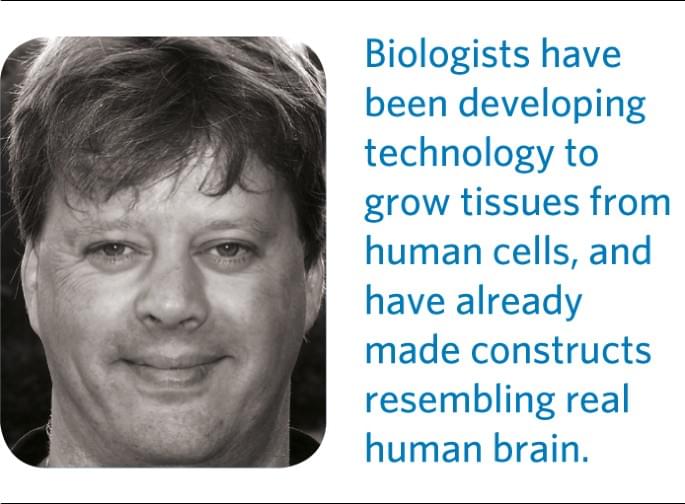BBC News
The elusive substance holds the key to discovering how the Universe was formed.



😗😁Year 2022
By subscribing, you agree to our Terms of Use and Policies You may unsubscribe at any time.
They are cheaper and don’t require the large, incredibly powerful magnets used in traditional fusion experiments. Ultimately, they may also provide a quicker route to achieving commercially viable nuclear fusion, a press statement reveals.


Once we fully we understand intelligence it could be essentially increased to nearly infinite levels once everything is quantified like this article talks about 😗😁.
Modern humans have a gene mutation that boosts the growth of neurons in the brain neocortex, a brain region associated with higher intelligence.


This is leading to even better brain engineering 👏 🙌 👌 😀 😄.
Computer-augmented brains, cures to blindness, and rebuilding the brain after injury all sound like science fiction. Today, these disruptive technologies aren’t just for Netflix, “Terminator,” and comic book fodder — in recent years, these advances are closer to reality than some might realize, and they have the ability to revolutionize neurological care.
Neurologic disease is now the world’s leading cause of disability, and upwards of 11 million people have some form of permanent neurological problem from traumatic brain injuries and stroke. For example, if a traumatic brain injury has damaged the motor cortex — the region of the brain involved in voluntary movements — patients could become paralyzed, without hope of regaining full function. Or some stroke patients can suffer from aphasia, the inability to speak or understand language, due to damage to the brain regions that control speech and language comprehension.
Thanks to recent advances, sometimes lasting neurologic disease can be prevented. For example, if a stroke patient is seen quickly enough, life-threatening or-altering damage can be avoided, but it’s not always possible. Current treatments to most neurologic disease are fairly limited, as most therapies, including medications, aim to improve symptoms but can’t completely recover lost brain function.



Since founding OpenAI in 2015, Sam Altman has spent many days thinking that the company’s generative artificial-intelligence products need a new kind of device to succeed. Since leaving Apple in 2019, Jony Ive, the designer behind the iPhone, iPod and MacBook Air, has been considering what the next great computing device could be.
Now, the two men and their companies are teaming up to develop a device that would succeed the smartphone and deliver the benefits of A.I. in a new form factor, unconstrained by the rectangular screen that has been the dominant computing tool of the past decade, according to two people familiar with the discussions…
“…Many tech executives believe the technology has the power to introduce a new paradigm in computing that they call “ambient computing.” Rather than typing on smartphones and taking photographs, they imagine a future device in the form of something as simple as a pendant or glasses that can process the world in real time, using a sophisticated virtual assistant capable of fielding questions and processing images.”
OpenAI’s Sam Altman, the former Apple designer Jony Ive and SoftBank’s Masayoshi Son are teaming up to develop a device that could replace the smartphone.